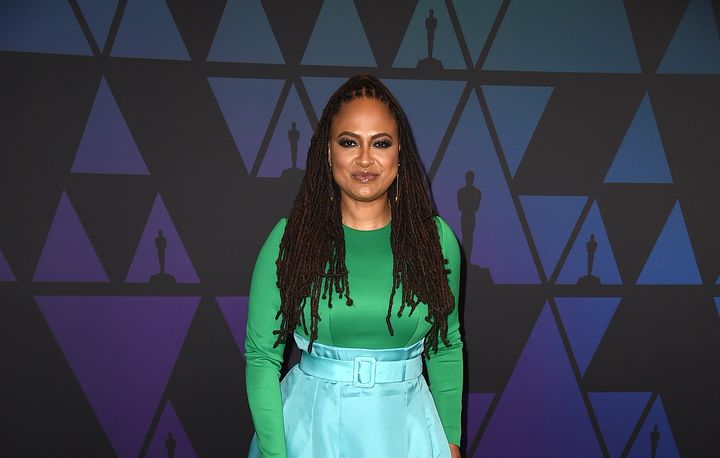Year after year, studies on diversity and representation in Hollywood have revealed dismal results, and an annual study of women directors and behind-the-scenes posts released Thursday continued that pattern — finding that in 2018, the percentage of women directing top movies at the U.S. box office actually dropped from 2017.
Only 8 percent of the top 250 highest-earning movies were directed by women, compared to 11 percent in 2017, according to The Celluloid Ceiling, led by San Diego State University professor Martha M. Lauzen, who has analyzed data about women working in major roles in the film industry every year for over two decades.
When only looking at 2018’s top 100 highest-grossing films, only 4 percent of the directors were women, down from 8 percent in 2017.
“The study provides no evidence that the mainstream film industry has experienced the profound positive shift predicted by so many industry observers over the last year.””
- San Diego State University professor Martha M. Lauzen
Even more worrisome is that the proportion slightly dipped from that of 20 years ago, despite an increased focus on combating gender inequality in recent years. In 1998, 9 percent of the top 250 movies were directed by women.
Since then, Hollywood has attempted to address the gender pay gap and pervasive sexual misconduct, brought to light by the Me Too movement — though it is likely too soon to see measurable effects from Me Too, given that movies can take years to make.
Lauzen pointed to the study as a sign that Hollywood shouldn’t presume the Me Too movement will produce change, unless the industry mounts a “large-scale effort.”
“The study provides no evidence that the mainstream film industry has experienced the profound positive shift predicted by so many industry observers over the last year,” she said in a statement, warning that “this radical underrepresentation is unlikely to be remedied by the voluntary efforts of a few individuals or a single studio.”
Overall, the study found that women made slight gains in occupying influential behind-the-scenes posts, such as directors, writers, producers, executive producers, editors and cinematographers. For the top 250 movies in 2018, women occupied 20 percent of these posts — marginally up from the 18 percent in 2017.
However, over the last two decades of Lauzen’s study, the proportion of women working in these roles on major movies has remained virtually the same, hovering between 17 and 20 percent.
In 2018, just 1 percent of those films “employed 10 or more women in the above roles.”
Other egregious statistics:
96 percent of the movies had no women cinematographers
74 percent had no women editors
73 percent had no women writers
25 percent had no women as director, writer, editor, cinematographer, producer or executive producer.
Last year’s version of the study produced similarly bleak findings.
In 2017, “Wonder Woman” director Patty Jenkins became the first woman to helm a superhero franchise. With the release of 2018’s “A Wrinkle in Time,” Ava DuVernay became the first woman of color to direct a movie with a $100 million budget.

The study suggests that those women still remain few and far between. Female directors are usually relegated to small, independent productions, gaining fewer opportunities than their male counterparts to lead major movies.
Lauzen’s findings, like those of similar studies, suggest that the change needs to start from the top. Hollywood executives and gatekeepers (who are, by and large, men) need to hire more women as directors, who often bring other women into their productions.
For example, Lauzen found that in 2018, the movies directed by women tended to have more women working in other major roles. Of the top 500 highest-grossing movies with at least one female director, 71 percent of the writers were women, compared to just 13 percent for films with only male directors.

